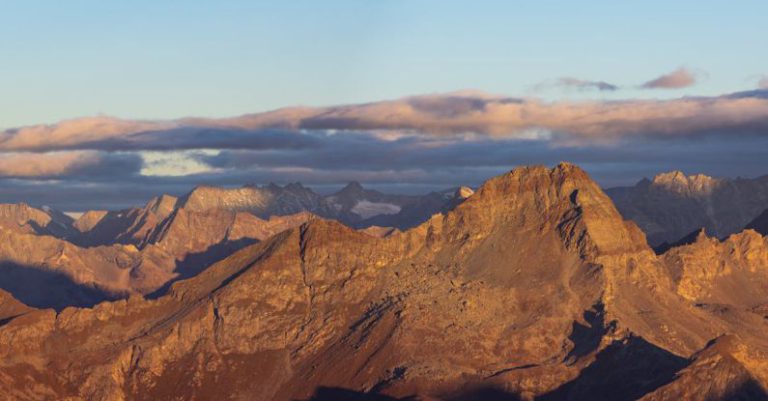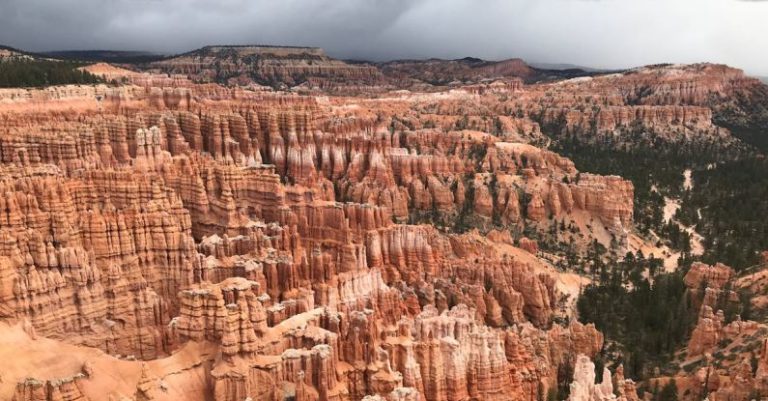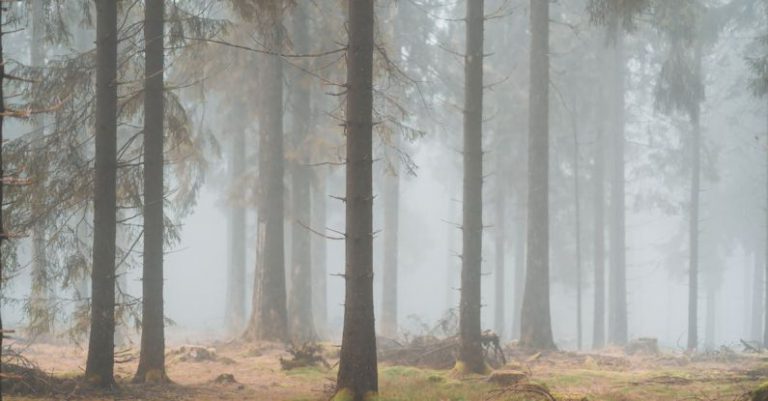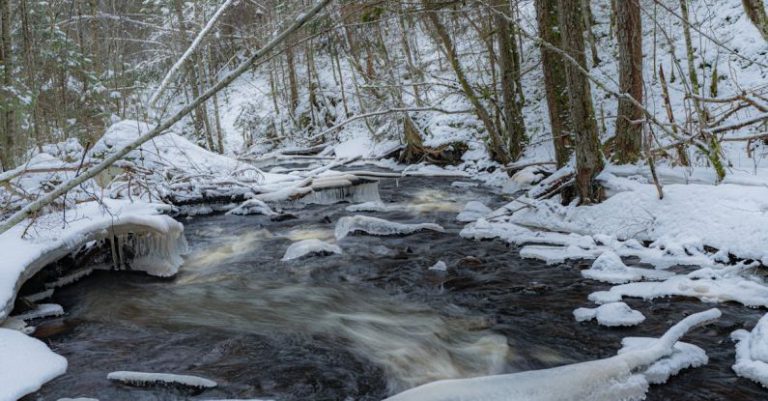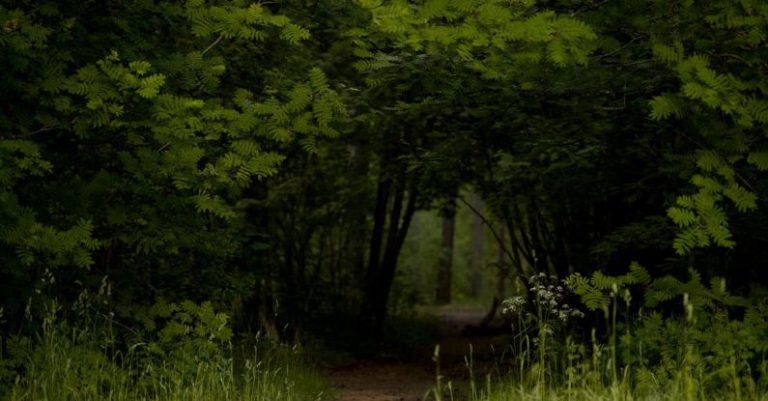
Heading into the wilderness can be an exhilarating experience, but it’s important to be prepared for any unexpected emergencies that may arise. One essential item that every outdoor enthusiast should have on hand is a well-equipped wilderness first aid kit. Whether you are embarking on a day hike or a multi-day backpacking trip, having the right supplies can make all the difference in a medical emergency. Here is a guide on what you should include in your wilderness first aid kit to ensure you are ready for anything nature throws your way.
**Bandages and Dressings**
One of the most crucial components of a wilderness first aid kit is a variety of bandages and dressings. These items can be used to treat cuts, scrapes, and other minor injuries that may occur while out in the wilderness. Make sure to include adhesive bandages in various sizes, gauze pads, adhesive tape, and a roll of elastic bandage for wrapping sprains or securing dressings in place.
**Antiseptic Wipes and Ointments**
Infections can quickly develop in the wilderness if wounds are not properly cleaned and treated. Pack antiseptic wipes or alcohol pads to clean wounds before applying dressings. Additionally, include antibiotic ointment to help prevent infection and promote healing.
**Medications**
It’s essential to include a selection of medications in your wilderness first aid kit to address common outdoor ailments. Pain relievers such as ibuprofen or acetaminophen can help alleviate discomfort from headaches or muscle aches. Antihistamines are useful for treating allergic reactions, while anti-diarrheal medication can provide relief from gastrointestinal issues.
**Tweezers and Scissors**
Tweezers and scissors are indispensable tools for managing injuries in the wilderness. Tweezers can be used to remove splinters, ticks, or other debris from wounds, while scissors are handy for cutting bandages and dressings to size.
**Emergency Blanket**
In case of hypothermia or shock, an emergency blanket can be a lifesaver. These lightweight, compact blankets are designed to reflect and retain body heat, providing warmth and protection from the elements.
**CPR Mask**
A CPR mask is a crucial item to have in your wilderness first aid kit in case of a medical emergency requiring cardiopulmonary resuscitation. This device provides a barrier between the rescuer and the victim, reducing the risk of infection and ensuring proper ventilation during CPR.
**Splint**
In the event of a bone fracture or sprain, a splint can help immobilize the injured limb and prevent further damage. Consider including a SAM splint, which is flexible and versatile for creating custom splints for different injuries.
**Whistle and Signal Mirror**
Communication devices can be vital in attracting help in an emergency situation. A whistle can be heard from a long distance and is an effective way to signal for assistance. A signal mirror can be used to reflect sunlight and alert search and rescue teams to your location.
**Emergency Contact Information**
Lastly, don’t forget to include a list of emergency contact information in your wilderness first aid kit. Include the names and phone numbers of family members, friends, and emergency services in case you are unable to communicate in a crisis.
**In Case of Emergency**
While having a well-stocked wilderness first aid kit is essential, it’s equally important to be knowledgeable about basic first aid techniques and wilderness safety. Consider taking a wilderness first aid course to learn how to respond to common outdoor emergencies and make informed decisions in challenging situations.
Heading into the wilderness can be a rewarding experience, but being prepared for emergencies is paramount. By packing a comprehensive wilderness first aid kit and equipping yourself with the necessary skills, you can enjoy your outdoor adventures with confidence and peace of mind. Remember, it’s better to have it and not need it than to need it and not have it. Stay safe and happy exploring!
